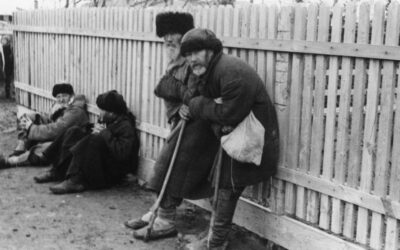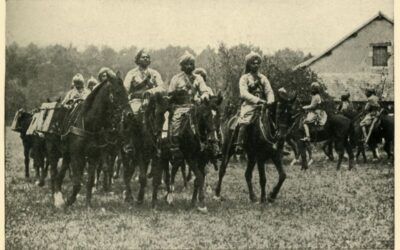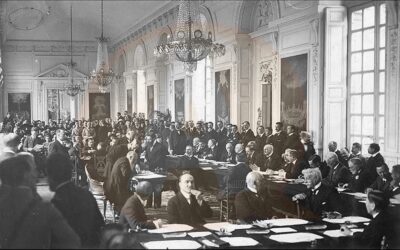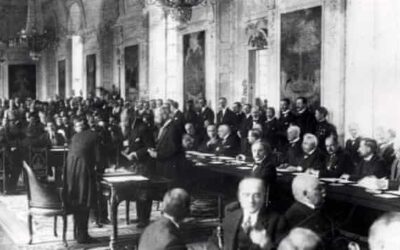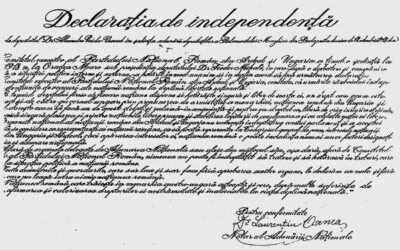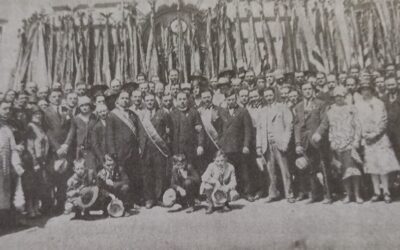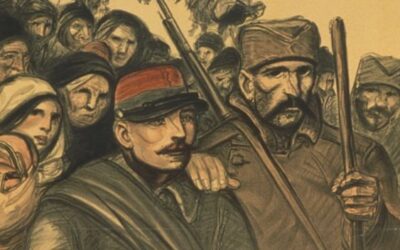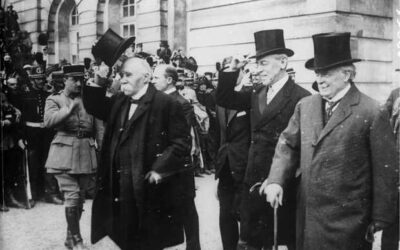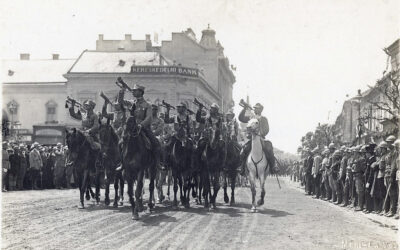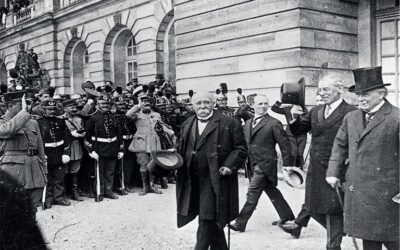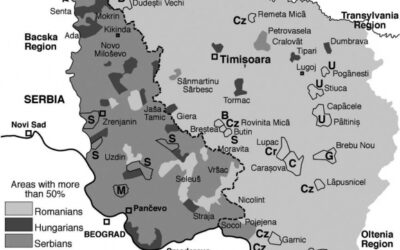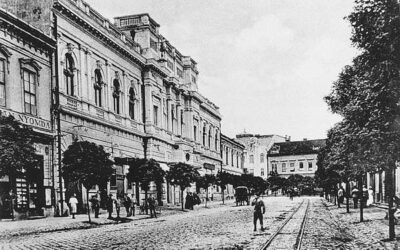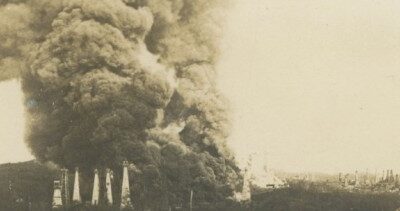Why Stalin Starved Ukraine?
History is a battleground, perennially fought over, endlessly contested. Nowhere does this aphorism hold true more than in Russia. A majority of Russians recently voted Joseph Stalin the “most outstanding person” in world history (followed, naturally, by current...
How World War-I shaped India’s fight for freedom
The year was 1914. In the month of June, the first World War broke out. The Great War, as it was known, would go on to redefine the rest of twentieth century. The war would also rekindle a hope, a much-needed direction to the Congress nationalist movement that had...
The peace treaty of Trianon
The Trianon Peace Treaty was signed on June 4th, 1920 by France, Great Britain, Italy, the United States, Japan, Romania, the Kingdom of Serbs, Croats and Slovenes, Czechoslovakia and nine other states, on the one hand, and Hungary, on the other hand, being...
The Great Powers and Hungary at the Paris Peace Conference
The Allies considered Hungary ready to sign the peace at the end of 1919. Thus, they invited the representatives of its government to Paris for final discussions before the conclusion of the peace treaty. The French greeted the Hungarians coldly but cordially, and...
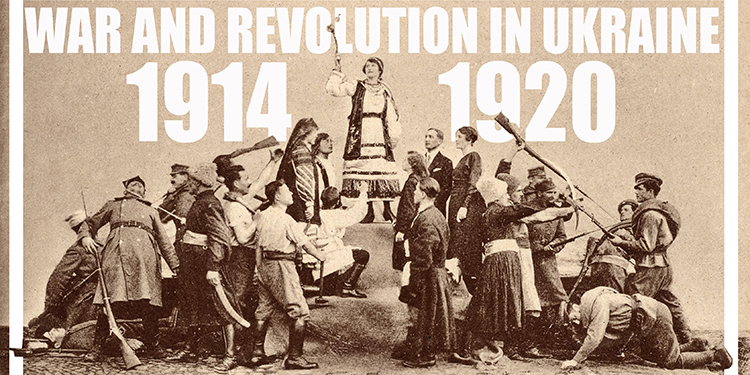
Ukraine’s century-long struggle to keep its culture and independence
Ukrainians refer to Russian TV and its viewers as “Zombieland,” having long ago developed an immunity to the main talking points of Vladimir Putin’s mindless propaganda war. They know the absurdity of his claims that Kyiv is run by Nazis and drug addicts, NATO is...
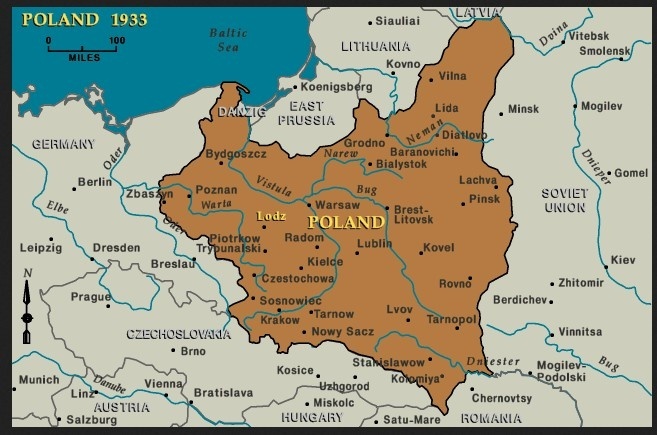
The Polish State during the Second Republic (1919 – 1938)
The Polish society of the Second Republic has built its statehood under extremely difficult circumstances, both internally and externally. Despite this, during their 20 years of independence, the Polish people managed to adapt quickly to the ever-changing Modern...
The Oradea Declaration: The document that proclaimed the right of Romanians in Austria-Hungary to self-determination
On October 12, 1918, the Executive Committee of the Romanian National Party from Transylvania met in Oradea, at the house of lawyer Aurel Lazăr, to decide how Romanians could fulfill their national objectives taking into account the imminent defeat and dissolution of...
The establishment of the Romanian Orthodox Episcopate in the United States: “An act of unification with the country, before unification”
Prior to the end of the First World War, Hungarian diplomacy in the United States carried out intense propaganda aimed at influencing American public opinion and political circles in favour of the Budapest government’s view of Transylvania. In order to counter this...
The Statement of President Woodrow Wilson in 1918
On July 28, 1918, President Woodrow Wilson gave the following message to the American people. It was read in churches throughout the country and published in virtually all major newspapers. The Serbian flag was raised at the White House and at a number of public...
The Paris peace conference of 1919-1920: A Yugoslav perspective
In Eastern Europe each country has it own perspective about history, justice and how the borders look like. We published an article about how Ukraine historians see the border between Romania and their young state in Bukovina. Now you are republish an article about an...
February 1919: The discussion of the union of Transylvania with Romania at the Paris Peace Conference
On February 1st, 1919, the Romanian Prime Minister Ionel Brătianu appeared for the second time before the Supreme Council, this time to support the union of Transylvania with Romania. Ionel Brătianu began his plea with a long exposition of the stages that led him to...
Romania’s objectives at the Paris Peace Conference of 1919
Romanian Prime Minister Ionel Brătianu presented himself at the Peace Conference with an extremely well-established and precise plan. On December 14th, 1918, King Ferdinand appointed Ionel Brătianu to head the government. The news was not well received by the Allies,...
The French and the Russian Bolsheviks at the end of the First World War
French Prime Minister Georges Clemenceau was uncompromising in his attitude towards the Russian Bolsheviks. For Clemenceau, Lenin and Russia had betrayed the cause of the Allies, leaving France at the mercy of Germany. The conclusion of the Brest-Litovsk Peace Treaty...
The Serbian invasion of Banat (II)
Just a few days before the end of the First World War, newly liberated Serbia sent its units to occupy Banat, taking advantage of the collapse of the Habsburg Monarchy. On November 15, 1918, the Serbs marched into Timișoara, inaugurating two and a half months of...
The Serbian invasion of Banat (I)
Just a few days before the end of the First World War, newly liberated Serbia sent its units to occupy Banat, taking advantage of the collapse of the Habsburg Monarchy. On November 15, 1918, the Serbs marched into Timișoara, inaugurating two and a half months of...
Sabotaging the German war machine: The destruction of the Romanian oilfields in November 1916
In order to prevent the use of Romanian oil by the Germans in the First World War, the refineries, wells, as well as the installations in the south-east of the country were destroyed in the autumn of 1916 by British engineers, with the consent of a relunctant Romanian...

